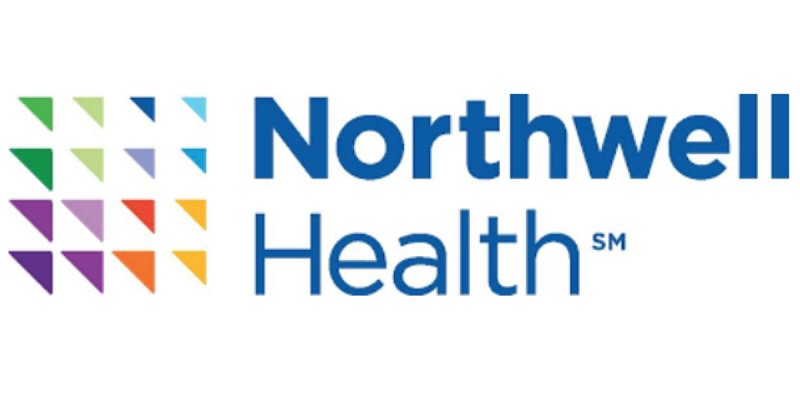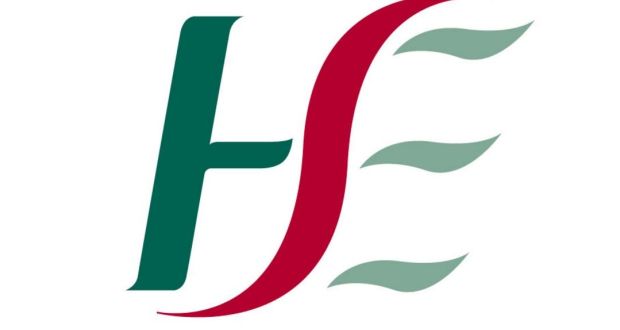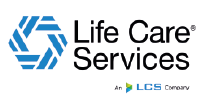Push Notifications: The Psychological Impact on Shift Uptake
In today’s increasingly digitised healthcare environment, hospitals and care facilities are relying more heavily on technology to manage staffing gaps. One of the most impactful tools driving shift uptake is the use of push notifications, instant alerts delivered directly to healthcare workers' mobile devices. But how exactly do these notifications influence behaviour, and what are the psychological mechanisms behind their effectiveness?
This article explores the psychology behind push notifications and how they significantly increase shift uptake, particularly when integrated into smart healthcare staffing platforms like CliniShift.

The Rise of Push Notifications in Healthcare Staffing
The healthcare industry is undergoing a technological transformation aimed at alleviating staffing shortages, a trend discussed extensively in our article on how technology will disrupt the healthcare staffing shortage. As workforce management becomes increasingly complex, real-time communication has emerged as a crucial solution.
Push notifications, also part of CliniShift’s Broadcasts feature, provide a direct line of communication between managers and staff. They inform staff of newly available shifts, urgent staffing needs, protocol updates, and last-minute changes. But beyond functionality, there’s a deeper psychological dimension that makes these alerts particularly effective.
Instant Gratification and Cognitive Biases
Push notifications tap into the human brain’s preference for instant gratification. When a nurse receives a notification about an available shift, there is an immediate reward sensation: the possibility of extra income, overtime, or flexible hours. This taps into the dopamine loop, where the brain anticipates a reward and motivates action in response.
Moreover, push notifications play on several cognitive biases:
- The Recency Effect: Users are more likely to act on recent information. Notifications keep shift availability top of mind.
- Loss Aversion: Many clinicians are motivated by the fear of missing out on a desirable shift, especially if it’s close to home or offers a bonus.
- Social Proof: If notifications indicate that other staff are accepting shifts quickly, individuals may be more inclined to act promptly to avoid being left out.
These psychological triggers explain why shift uptake improves significantly when push notifications are employed.

Urgency and Time Sensitivity
A core strength of push notifications lies in their time-sensitive nature. In healthcare, where last-minute staffing gaps can compromise patient care, the ability to communicate in real-time is essential.
Push notifications create a sense of urgency, prompting immediate action. When a clinician receives a notification regarding an urgent open shift for it sparks a time-bound response mechanism. Unlike emails or static job boards, push notifications demand and often receive instant attention.
This time sensitivity is especially critical in high-pressure environments like urgent care departments, where every second counts and staffing shortages can quickly escalate into emergencies.

The Role of Personalisation
Modern platforms like CliniShift allow notifications to be personalised, ensuring relevance to the recipient. For instance, notifications are tailored to each user’s:
- Role (nurse or healthcare assistant)
- Site/Region
- Availability
- Skill set
This personalisation reduces cognitive load, meaning users don’t have to sift through irrelevant information. Instead, they receive only those opportunities that match their criteria, making it more likely they will take action.
When users feel that messages are directly relevant to them, they are more inclined to respond. This builds trust in the system and increases engagement over time.
Reducing Friction in the Decision-Making Process
From a behavioural psychology standpoint, reducing friction – the number of steps required to complete a task can greatly increase conversion rates. In the context of shift management, friction might include logging into a portal, searching for shifts, checking eligibility, and sending a request.
Push notifications, especially when paired with a simple one-tap interface, allow clinicians to accept or decline shifts instantly. This aligns with the principle of choice architecture, where presenting options in a user-friendly way guides behaviour without coercion.
By lowering the effort needed to accept a shift, platforms like CliniShift create a more seamless experience for both staff and managers.

Reinforcing Habitual Engagement
Another key psychological concept is habit formation. When users regularly receive relevant and timely notifications and have a positive experience after responding (e.g., getting a shift they wanted), it reinforces a habit loop:
- Cue: Push notification alert
- Routine: Opening the app to check and respond to the shift
- Reward: Securing the shift and receiving feedback or confirmation
Over time, this loop increases engagement, making users more likely to act when future alerts arrive.

Trust and Transparency
Effective communication also fosters trust, especially when users know that notifications are not spammy or excessive. This is where platforms like CliniShift excel, with thoughtful implementation of the Broadcasts feature that allows managers to reach staff without overwhelming them.
Transparent communication, coupled with clear shift details, makes users feel informed and respected. This positive psychological association further drives higher shift uptake.
Final Thoughts: The Human Factor in Digital Solutions
Technology will continue to reshape the healthcare staffing landscape. Yet the success of tools like push notifications doesn’t lie solely in their functionality, it lies in their human-centric design.
By aligning with natural psychological drivers like reward anticipation, urgency, and trust, push notifications become more than just alerts, they become behavioural triggers that empower healthcare professionals and improve operational efficiency.
For healthcare organisations facing chronic staffing shortages, adopting intelligent, psychologically-informed communication tools like CliniShift is not just a smart move, it’s essential.

What type of organisation can avail of the CliniShift Manager?
- Acute Hospitals
- Hospices
- Outpatients
- Senior Living
- Urgent Care Centers
- Dental Clinic






